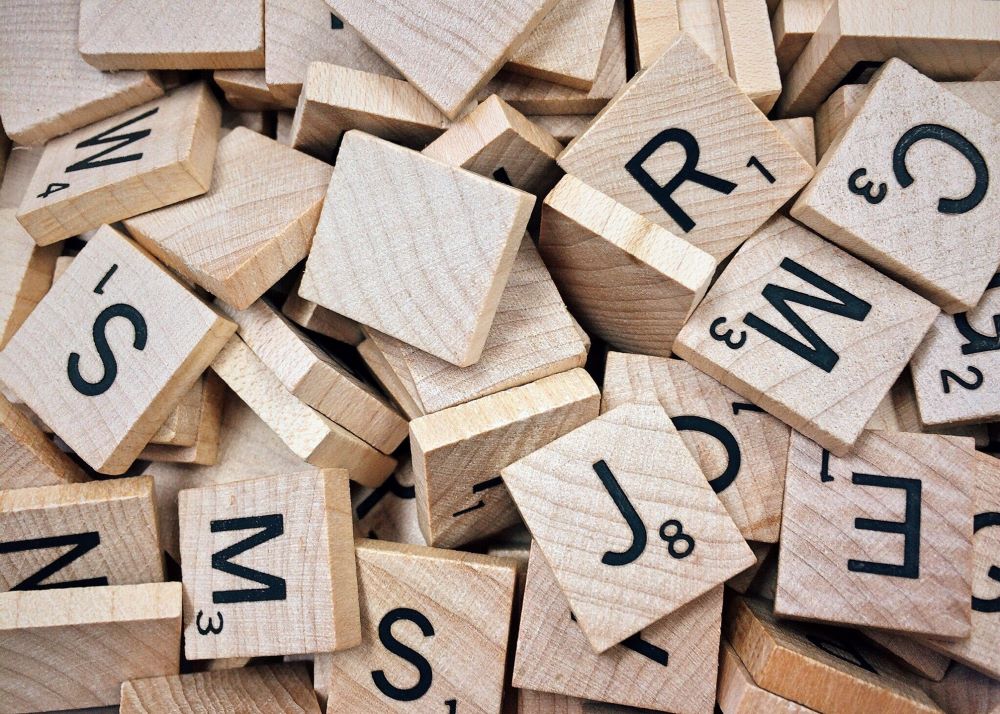Do you hear people talking about WordPress and have hard time following the conversation? Do you have a WordPress website and are not sure what it’s made of? Below is a glossary of the most commonly used terms in WordPress.
Child Theme – A Child Theme can be installed alongside a main theme. Developers will often place code customization in the in Child Theme so that it does not interfere with the main theme. This allows for the main theme to be updated or changed entirely without affecting the customizations.
Comment – Short paragraphs the visitors to your site can write to comment on a blog post.
Core – This term refers to the WordPress software package. The Core software is what you originally install on your site to create a WordPress site, it needs to be regularly updated. The Core provides you with all the functionality for creating pages, posts, installing plugins etc.
Dashboard – WordPress Dashboard refers to the admin interface for the site. This is where you can add users, create new pages, posts and install plugins.
Database – This is where all the actual information about you site content is being stored. Everything from the site configuration to the actual content of each page.
Featured Image – Each Page or Blog Post can include one featured image. This image can be used for the page header or the page preview.
Footer – The bottom of the page which usually includes contact information. The footer is typically consistent across all pages on the site.
Header – The top of the page, usually includes a large image, the site logo and the menu. The header is also typically consistent across all pages on the site.
Menu – Sites can have multiple menus. These are lists of the most important pages on your site you would like to be easily accessible to the visitor. Different menus can be placed in a header, footer, sidebar etc. Most themes also have a separate menu for the mobile version of your site with the same items but to display neatly on mobile devices.
Page – Pages can contain text, images, videos etc. Each page will have its own URL. The “pages” on your website can actually be either a “Page” or a “Post”. Pages are designed for content that is not time sensitive and does not need to be categorized.
Page builder – This is most often a plugin designed to help you with the creation of pages and blog posts. Most popular page builders provide a drag and drop interface. WordPress Core comes with a built in page builder tool called Gutenberg.
Plugin – Plugins are additional code blocks you can install in your site, each providing a unique functionality. There is no limit to how many plugins you can have on a site and they can each come from different sources. The plugins need to be updated frequently.
Post – This is a basic organizational structure of WordPress content. They can look very much like a page with text and pictures – like a blog post – or just store eCommerce Order information. They are organized into types and categories and are usually listed from last to first.
Theme – A WordPress Theme is an additional piece of software that every site has which defines the look of the post and pages, the look of your menu etc. There are many Theme providers. The site can only use one theme at a time but you can change themes at any time. Themes can also be personalized and customized.
User – These are people registered with your site and allowed to perform various functions. Some can have an administrative role and be able to update the site, others can be your eCommerce customers and are allowed to view their purchase history. You can restrict the access to specific parts of the site based on role of the registered user.

